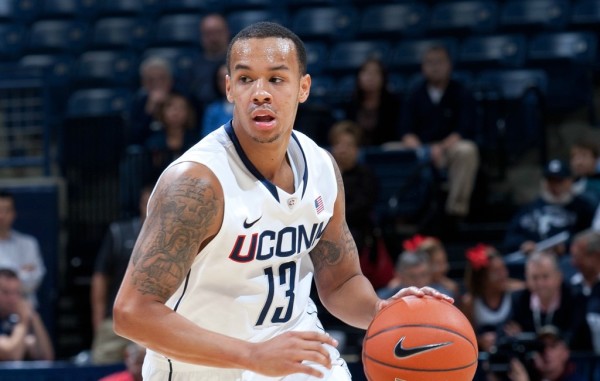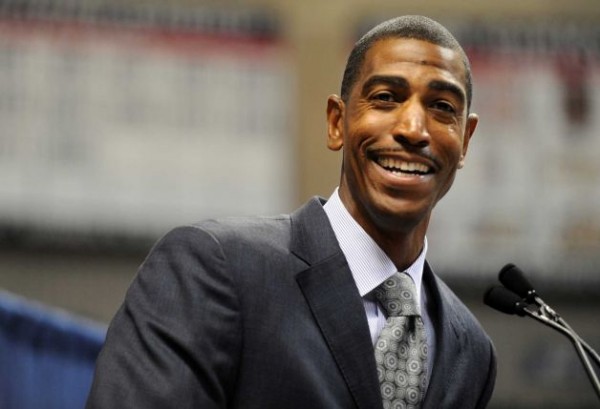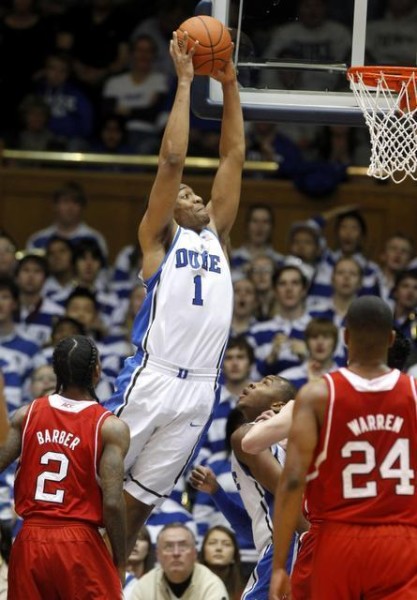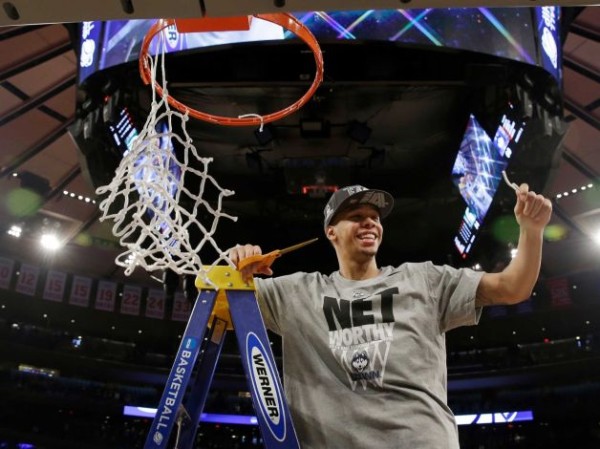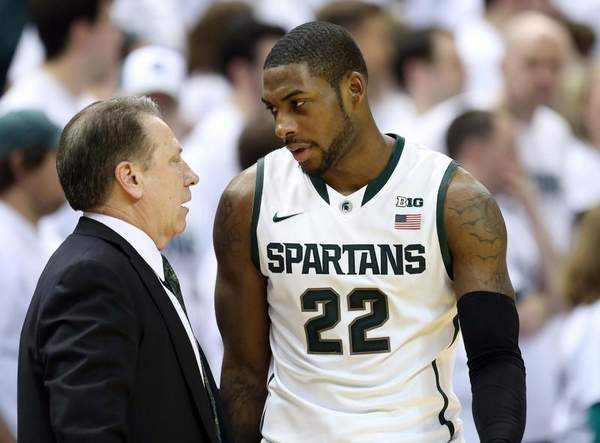UConn and Cincinnati: Trading Places in the Postseason
Posted by Will Tucker on April 5th, 2014On March 8, 2014, Cincinnati and UConn looked like two teams headed in opposite directions. Having just hung 97 points on Memphis to complete a sweep of Josh Pastner’s team, the Bearcats went on the road and clinched a share of their first conference championship since 2004. That same day, Connecticut suffered an 81-48 drubbing at the hands of Louisville – the kind of humiliating end-of-season defeat that might spell doom for a team’s postseason.
To the Huskies’ credit, they had just beaten Cincinnati a week before, capping a 6-1 stretch that followed a road loss to the Bearcats in February. But Kevin Ollie’s team exhibited red some flags even before being massacred in Louisville. They had eclipsed 70 points during regulation only once in the past seven games. DeAndre Daniels, who in January I predicted was poised for a breakout season, scored in double figures only twice during the same time frame. UConn had been outrebounded in their previous six games by an average margin of 8.3 boards per game.
Cincinnati, conversely, looked like a physically imposing, battle-tested, and veteran squad that was prepared to usher the program beyond the Sweet Sixteen for the first time since 1996. Rebounding from consecutive close losses to Louisville and UConn, All-American Sean Kilpatrick was firing on all cylinders in his subsequent two games, averaging 29 points on 68 percent shooting. Fellow seniors Justin Jackson and Titus Rubles appeared up to the task of complementing Kilpatrick in the frontcourt. And after winning the number one seed in the AAC Tournament by way of a coin flip, the Bearcats seemed destined for a rematch with de facto home team Memphis, whom they had already twice beaten soundly.































